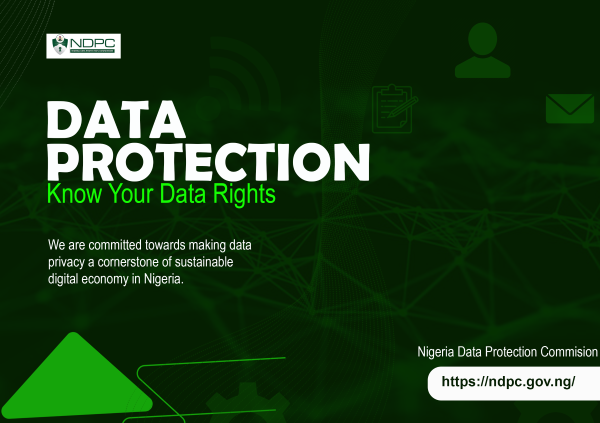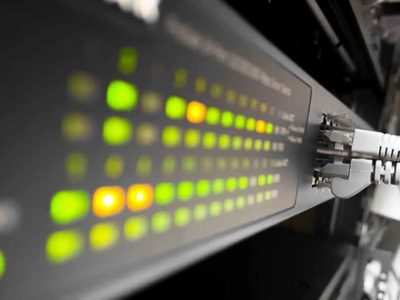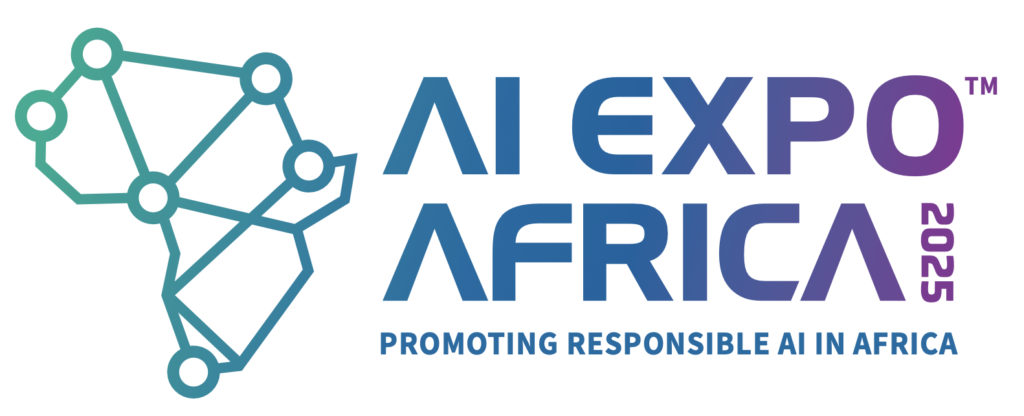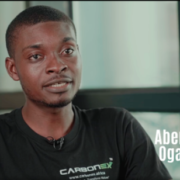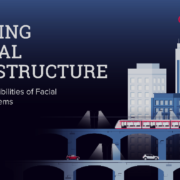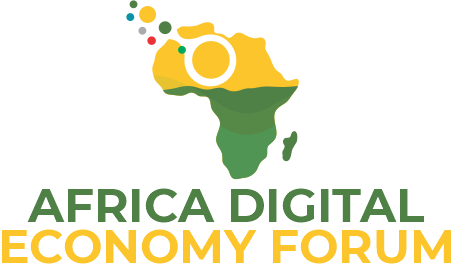For a second year running, misinformation and disinformation are flagged as a top risk for 2025 by The World Economic Forum. The growth of AI has been feeding this alongside deep fakes, which have had an increased impact on the political landscape globally, influencing both public opinions and trust.
RELATED: Celebrity deepfake scams rise: AI experts share safety tips
To help people distinguish the real from the fake, the experts at AI prompt management tool AIPRM have offered crucial advice and warnings on how to spot AI disinformation in political news. Expert insight has been provided by Christoph C. Cemper, founder of AIPRM.
Key Examples of AI’s impact on politics globally, over the past year:
- France: Emmanuel Macron’s AI-Generated Deepfakes: In February 2025, French President Emmanuel Macron showed a compilation of AI-generated deep fakes of himself to promote the 2025 AI Action Summit. Macron emphasised the potential of artificial intelligence to bring about significant changes to life in our society.
- Australia: 2025 Federal Election: Concerns have grown around the impact of AI and deep fakes on elections. The “Authenticity in the Age of AI 2025” report, based on a survey of 1,010 voting-aged Australians, revealed that 77% of respondents reported an increase in the number of political deepfakes encountered in the past three months, yet only 12% expressed confidence in their ability to detect such content online.
- Canada: AI-Generated Disinformation Campaigns: In the recent 2025 Canadian federal election, generative AI was used to create and spread disinformation designed to sow division among Canadians and push narratives upon voters. Fraudulent deep fake videos of liberal leader Mark Carney circulated across Canada.
- United Kingdom: 2024 General Election: Threats arose around deep fake audio of key politicians such as Keir Starmer. Starmer had previously fallen victim to a deep fake audio alongside London Mayor Sadiq Khan, who was also targeted.
Key Points
- 52% of adults rely on social media as their main news source, putting them at risk of fake political news.
- A projected eight million deep fakes will be shared in 2025.
- For a second year running, misinformation and disinformation are flagged as a top risk for 2025 by The World Economic Forum.
How to spot AI-generated disinformation on social media
Check the source and context
More than half (52%) of adults rely on social media as their news source, putting them at risk of intaking fake political news, which spreads much quicker than real news. Therefore, users should always seek to verify the credibility of the source. Is the news from an authentic, reputable news outlet, or a verified official account? If the source is unfamiliar or looks dubious, cross-check the content’s authenticity using reliable news organisations or fact-checking platforms like Google Fact Check Tools.
Remember that misinformation and disinformation often plays on emotional triggers like fear, anger, or outrage to cloud your judgement. When you encounter content that provokes strong emotions, pause and re-assess to ensure you are not being used as a pawn in someone’s game.
Be critical and read beyond the headline
Credible information or articles will include many facts, alongside expert insight and official statistics. If you find a lack of information in relation to the topic, be sure to research for supporting evidence that it is genuine, by finding related sources or articles from verified news sites on the subject.
Social media tends to suggest stories and information that match a person’s algorithm, browsing habits, and opinions. It is therefore key that you don’t allow personal bias to cloud your judgement, look at the story rationally. If it is attempted to provoke emotions or persuade, it may be fake news.
Check imagery and beware of AI generated deep fakes
The rise in deep fakes generated by artificial intelligence has been concerning and rapid – a projected eight million will be shared in 2025, up from 500,000 in 2023. It is crucial that people are aware of how to identify these fraudulent images. Always look for shadows or jagged edges in the photo, the key is to be thorough when checking the image.
Leverage reverse image and video search tools to trace the origins of visual content. Uploading an image to Google Reverse Image Search can help identify if it’s AI-generated, manipulated, or being used out of context. For videos, tools like InVID can dissect footage and check for any modifications or previous appearances. These searches allow you to find other copies of the image online, helping you verify its authenticity and uncover potential misuses.
As AI continues to advance, so do deep fakes. Higher quality images and voice cloning attempts are becoming extremely accurate. It is vital to keep an eye out for distortions in body parts such as hands, fingers, nails, and eyes. These features typically have irregularities in AI-generated content. Also, watch for misaligned voice and facial expressions.
Christoph C. Cemper, founder of AIPRM provides expert insight into the role of AI in political narratives and opinions, and what to do if you spot fake content:
“ AI continues to advance and deep fakes are predicted to rise further throughout this year. It’s therefore vital that we all play a role in raising awareness on how to identify fraudulent AI content and deep fakes, especially around times of political campaigning and voting, which leaves the masses vulnerable to false information.
“By staying vigilant about the content we consume online, we can collectively fight misinformation and safeguard the integrity of our digital environment. If you come across a deep fake or what you suspect to be misinformation, the best course of action is to refrain from sharing it.
“The power of misinformation and disinformation is in its ability to spread rapidly, and its impact diminishes if it doesn’t disseminate widely. If you see someone else sharing it, take a moment to politely inform them and point them to reliable fact-checking resources, especially if the fake has been debunked. Additionally, utilising reporting features on social media platforms to limit its reach is vital.”
Key strategies for voters to identify reliable political news
- Utilise official, reputable news sites as your main source of political information. Credible news sites adhere to set standards of ethics and professional behaviour that are published on its website.
- Cross check multiple sources, to see if other sites are covering the story, if it is a stand alone article with little coverage, it may be fake.
- Check the news site’s ‘About’ page, any site that lacks information on the organisation itself, those who work there, and where they are based, could be less credible or unofficial.
- Be cautious when watching videos. Ensure to check for inconsistencies in the video or audio, as this could be an indicator of a deep fake.
- Be aware of the difference between factual reporting and opinion. Opinion pieces tend to be the author’s personal perspective, so it is best to look at factual reporting if you are seeking unbiased facts.
Credit: AIPRM



